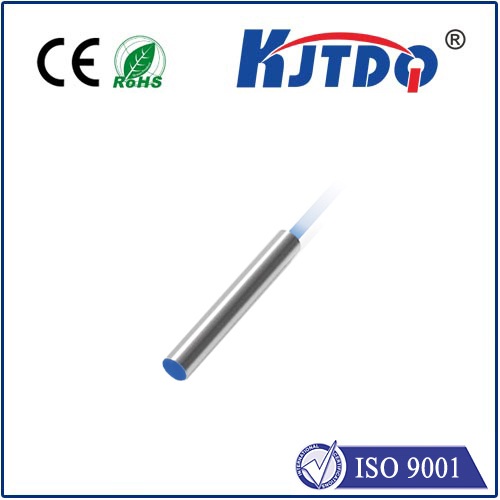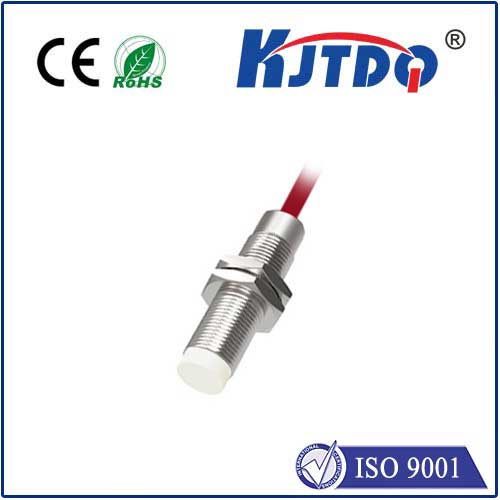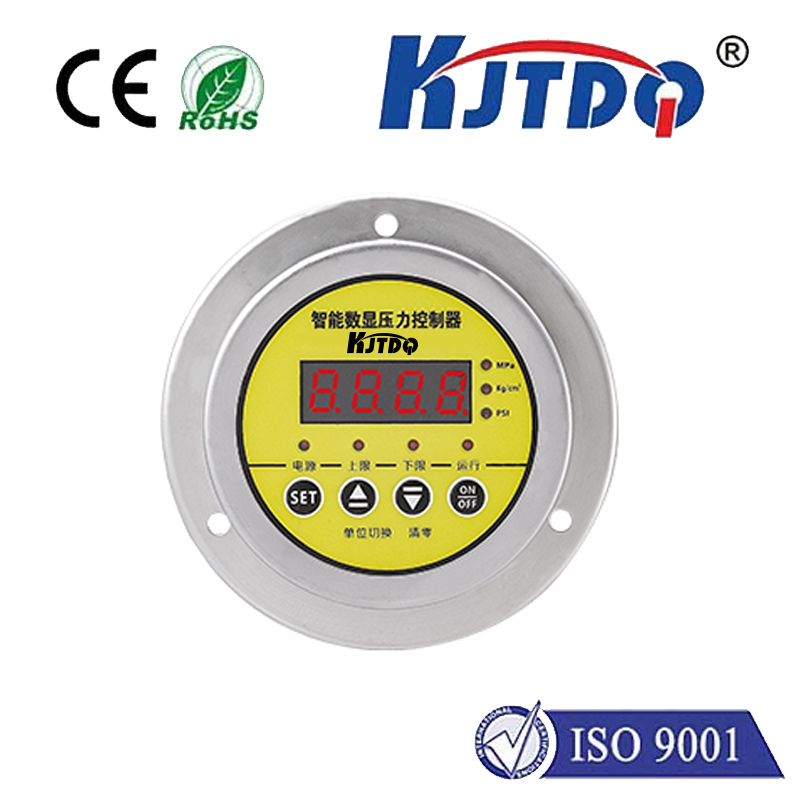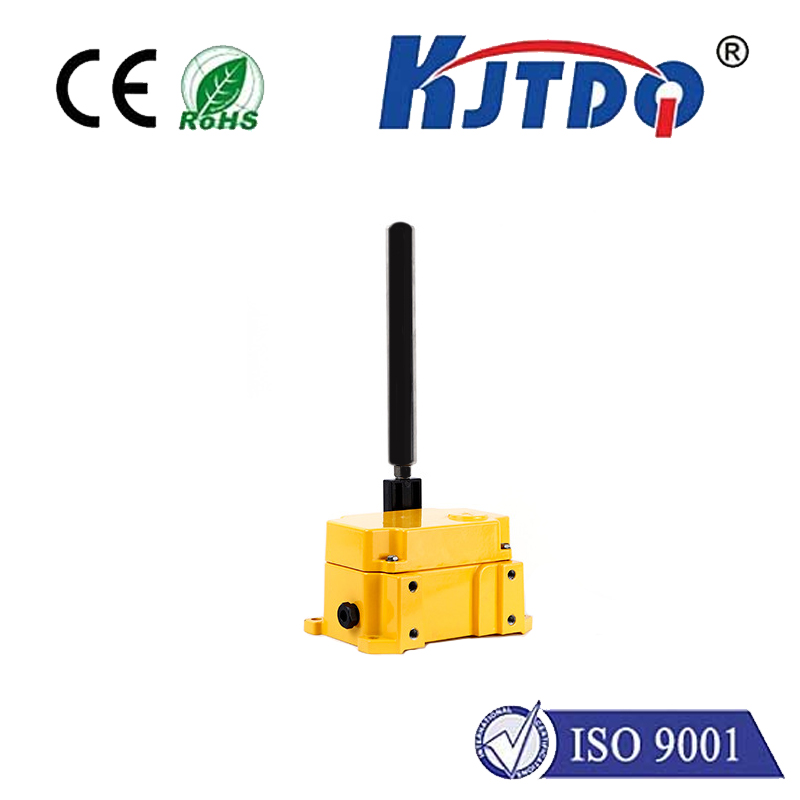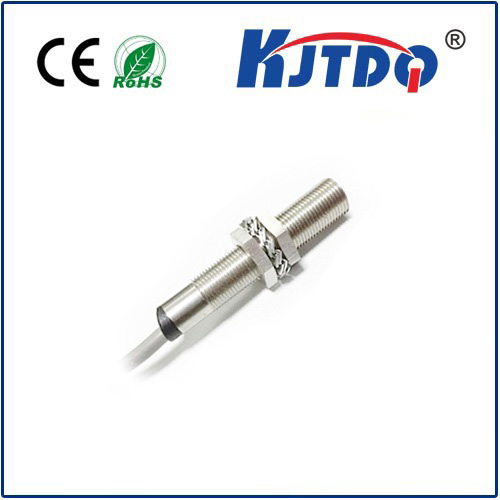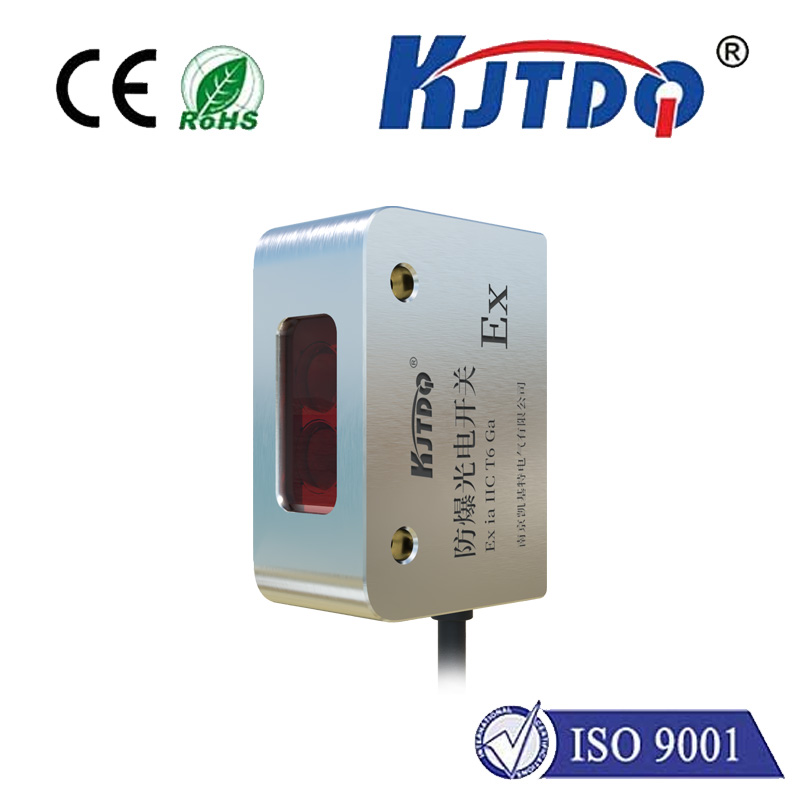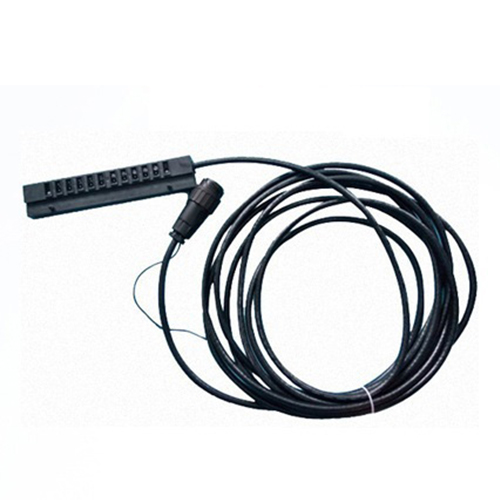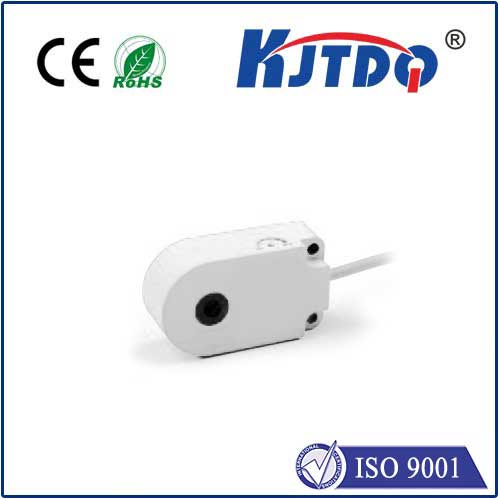Imagine a frigid winter morning. Your diesel truck struggles to start, finally roaring to life, but unseen within its exhaust system, a critical component is battling the cold. The urea solution – known as Diesel Exhaust Fluid (DEF) or the essential reductant – risks freezing solid. This silent drama underscores the vital function of the reductant temperature sensor, the unsung guardian preventing potential system failure and ensuring your vehicle meets stringent emission standards. This small but mighty sensor acts as the crucial informant, continuously monitoring the thermal state of the DEF, enabling the engine management system to make precise decisions crucial for the Selective Catalytic Reduction (SCR) system to function effectively.
Understanding why DEF temperature matters is foundational. DEF, a precise mixture of 32.5% high-purity urea and deionized water, has a specific freezing point around 11°F (-12°C). While freeze-resistant tanks prevent permanent damage, frozen DEF cannot be injected. Conversely, excessively high temperatures can degrade the solution, forming precipitates that clog lines and injectors. Accurate temperature monitoring is therefore not optional; it’s fundamental to the SCR process’s operation and longevity. Without knowing the exact DEF temperature, the system cannot intelligently manage dosing strategy, thawing cycles, or protect itself from damage. The reductant temperature sensor provides this indispensable real-time data.

Located strategically within the DEF tank, dosing line, or near the injector module, this sensor constantly measures the fluid’s temperature. Its sole mission is to deliver precise thermal data to the vehicle’s engine control unit (ECU). Modern sensors predominantly use Negative Temperature Coefficient (NTC) thermistor technology. As temperature increases, the thermistor’s electrical resistance decreases predictably. The ECU applies a known voltage to the sensor circuit and measures the voltage drop across the thermistor. By calculating this resistance value, the ECU accurately determines the exact DEF temperature with high precision. This continuous feedback loop is critical for system integrity. Robust packaging is key, as the sensor must endure prolonged exposure to a corrosive chemical environment while delivering reliable signals under extreme vibration and thermal cycling.
The consequences of a malfunctioning or inaccurate reductant temperature sensor can cascade into significant problems. If the sensor over-reports the temperature, falsely indicating the DEF is liquid when it’s actually frozen, the ECU may command dosing. This forces the frozen DEF pump to strain, potentially leading to catastrophic pump motor failure – a costly repair. Conversely, if the sensor under-reports the temperature, suggesting DEF is frozen when it’s actually liquid, the ECU will prevent dosing entirely. This disables the vital SCR system, causing nitrogen oxide (NOx) emissions to skyrocket and inevitably triggering the Malfunction Indicator Lamp (MIL) and diagnostic trouble codes (like P207F). Over time, excessive NOx output can lead to potential regulatory non-compliance fines. Accurate sensing directly prevents component damage, ensures emission compliance, and maintains fuel efficiency optimized around SCR performance.
Reliability under harsh conditions is paramount for these sensors. Manufacturers subject them to rigorous testing against international automotive standards (like ISO 16750). They must withstand extreme temperature fluctuations, aggressive chemical exposure, high pressure, severe vibrations, and immersion in the DEF fluid for years without degradation. Achieving this requires specialized materials (corrosion-resistant metals, specific plastics) and advanced sealing techniques. Long-term stability and diagnostic capability (checking for open/short circuits) are also essential features integrated into modern designs. Meeting these stringent requirements ensures the sensor provides dependable operation throughout the vehicle’s lifespan.
Precise reductant temperature sensing forms the backbone of effective SCR system management. From enabling DEF injection only when truly liquid to protecting system hardware and optimizing DEF consumption for emission control, this sensor’s role cannot be overstated. As emission regulations tighten globally and SCR technology remains central to diesel engine compliance, the demand for highly accurate, robust, and durable reductant temperature sensors will only intensify. They are a fundamental enabler of cleaner diesel technology, quietly ensuring engines run cleaner while protecting substantial investments in emissions control hardware.
